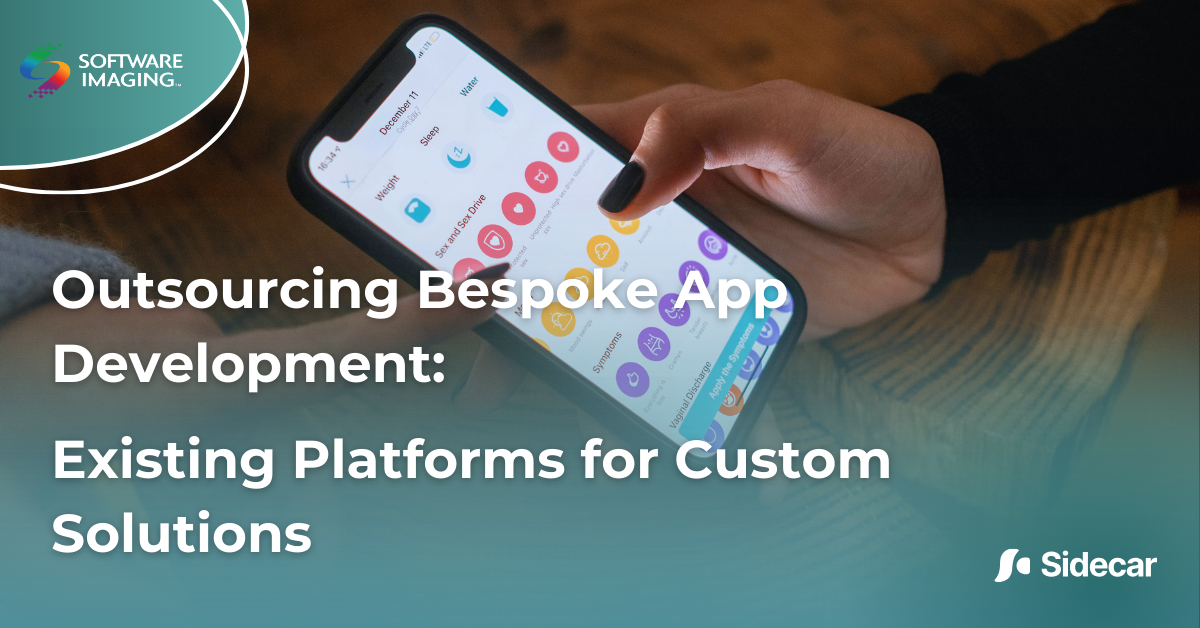As businesses navigate the complexities of the digital landscape, bespoke application development is becoming a strategic priority to address unique needs and boost operational efficiency.
Yet, many organizations find building custom applications in-house impractical due to resource constraints or a lack of technical expertise. In such cases, outsourcing bespoke application development provides a compelling solution, especially when leveraging existing platforms like SharePoint, Microsoft Office, and Glow. This article delves into how organizations can successfully outsource bespoke application development while maximizing the strengths of these established platforms.
Understanding Your Business Needs
Before embarking on the outsourcing journey, it’s crucial to clarify your business requirements:
Identify Challenges: Begin by assessing the specific challenges your organization faces. Are you looking for improved workflow automation, better data collaboration, or enhanced reporting capabilities? Understanding these needs will help you articulate your requirements to potential development partners.
Define Objectives: Set clear objectives for the bespoke application. This could include increasing efficiency, enhancing user experience, or integrating with existing systems. Having measurable goals will guide your project and enable you to evaluate its success.
Selecting the Right Outsourcing Partner
Choosing the right development partner is critical to the success of your project. Here are key factors to consider:
Experience with Platforms: Look for a development team with expertise in existing platforms such as SharePoint, Microsoft Office, or Glow. Their familiarity with these tools will allow them to leverage built-in functionalities effectively, thereby reducing development time and costs.
Proven Track Record: Examine case studies or client testimonials that demonstrate the partner’s ability to deliver custom applications successfully. A reputable partner should provide evidence of previous projects and satisfied clients.
Agile Development Practices: Opt for a partner that follows agile development methodologies. This approach allows for iterative testing and adjustments based on user feedback, ensuring the final product aligns closely with your needs.
Collaborating on Requirements Gathering
Once you’ve selected an outsourcing partner, effective collaboration during the requirements-gathering phase is essential:
Joint Workshops: Organize workshops with your team and the outsourced development team to brainstorm and gather requirements. This collaborative approach ensures that all perspectives are considered and helps avoid misunderstandings.
Documentation: Work with your partner to document all requirements clearly. This documentation should include functional specifications, user roles, workflows, and any integration needs with existing systems.
Prototyping and Design
A clear visual representation of the application concept can help in aligning expectations:
Utilizing Existing Tools: Your development partner should use existing platforms to create prototypes. For example, leveraging SharePoint’s built-in features can simplify the design process and allow stakeholders to visualize the final product.
Feedback Loops: Share prototypes with stakeholders early and often. Encourage feedback to refine designs and features before moving into full-scale development.
Development and Testing
Once the design is approved, the development phase can begin:
Leverage Built-In Features: An experienced outsourcing partner will utilize the existing functionalities of platforms like SharePoint and Microsoft Office, ensuring a more efficient development process while reducing costs.
Conduct Regular Testing: Ensure that your partner establishes a robust testing framework that includes unit, integration, and user acceptance testing (UAT) throughout the development process. This proactive approach helps catch issues early and ensures the application meets your specifications.
Deployment Strategy
A well-planned deployment is crucial for minimizing disruptions:
Deployment Planning: Collaborate with your partner to develop a deployment strategy that outlines timelines, data migration needs, and any necessary training for users.
User Training: Ensure that the outsourcing partner provides training materials and sessions to help your team adapt to the new application quickly and effectively.
Ongoing Support and Maintenance
After deployment, maintaining the application is essential:
Establish a Support System: Ensure your outsourcing partner offers a comprehensive support and maintenance plan. This should include regular updates, bug fixes, and assistance for users encountering issues.
Continuous Feedback Loop: Encourage ongoing communication with your partner. Gathering user feedback will allow for continuous improvement and adaptation of the application to meet evolving business needs.
Harnessing Sidecar for Bespoke Development
For organizations looking to streamline their bespoke application development process, Sidecar emerges as an ideal solution. Sidecar is a toolkit that empowers businesses to build custom applications and portals while integrating seamlessly with popular platforms like Office 365, SharePoint, and OneDrive.
With Sidecar, businesses can:
- Accelerate Development: Leverage pre-built components and templates designed for quick customization, reducing both time and costs associated with development.
- Maintain Control: Sidecar ensures that your custom solutions remain your intellectual property, giving you full ownership and control.
- Enhance Collaboration: With versatility for various authentication methods, Sidecar allows secure access for everyone—from internal teams to external partners—facilitating a collaborative environment.
- Achieve Scalability: As your business grows, Sidecar enables easy adjustments to your applications to meet changing needs.
Unlock the potential of your bespoke application development today with Sidecar! Reach out to learn more about how Sidecar can transform your digital strategy.
